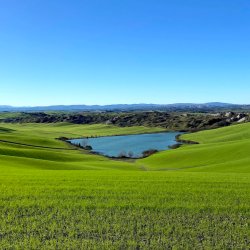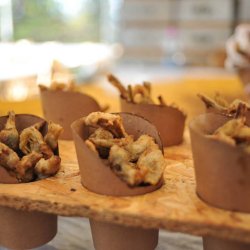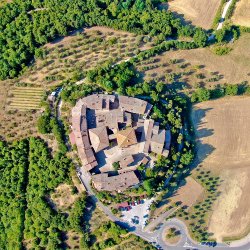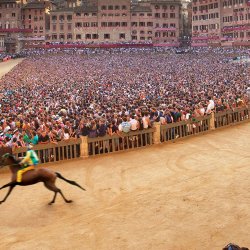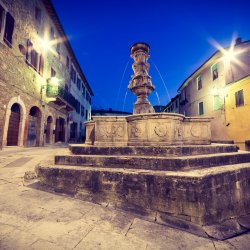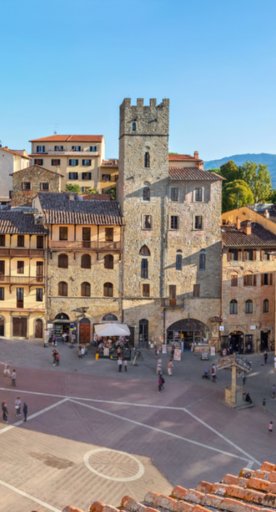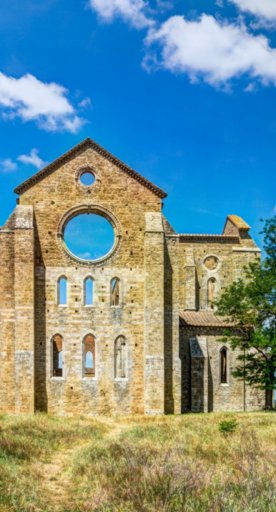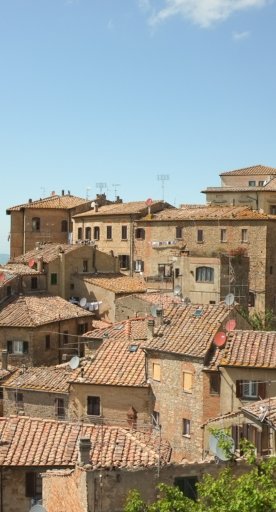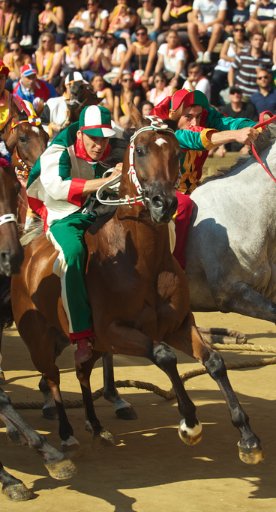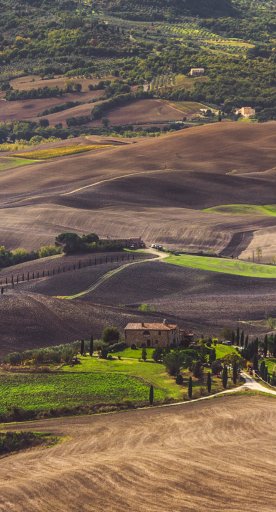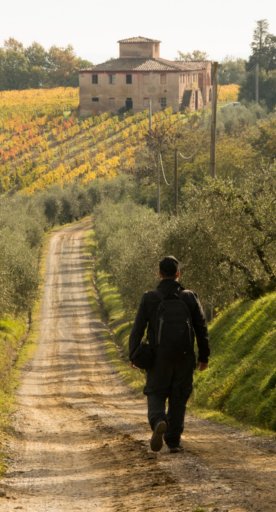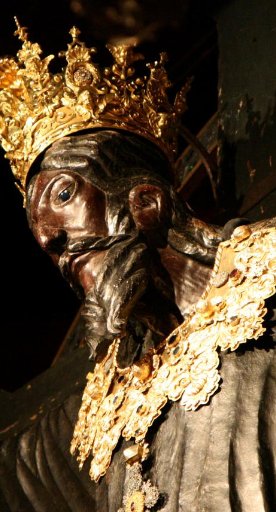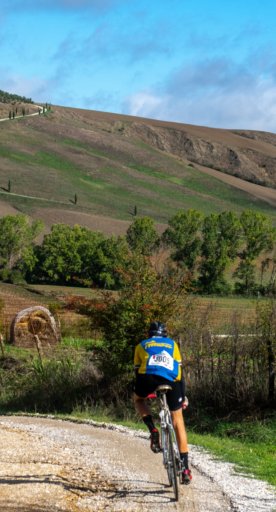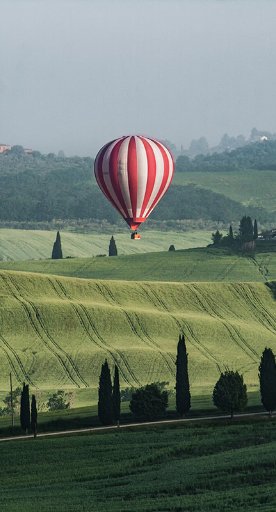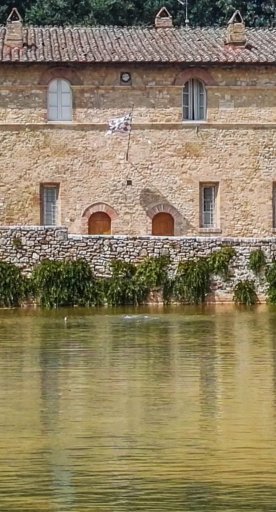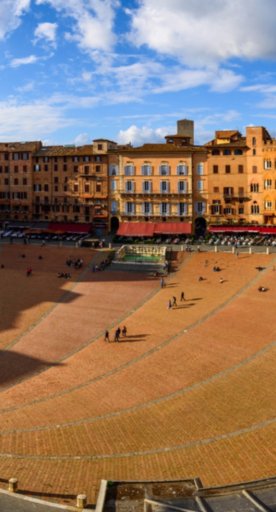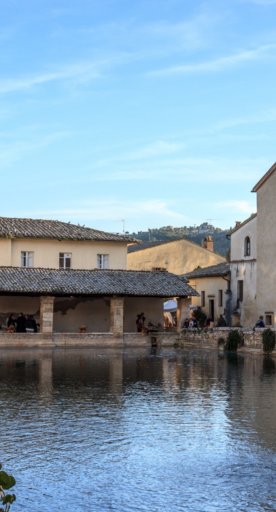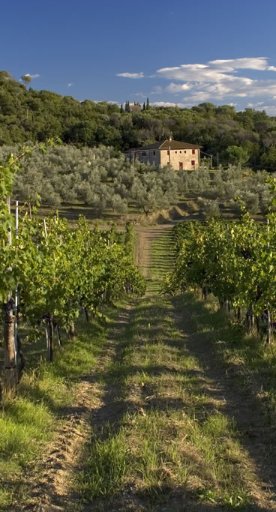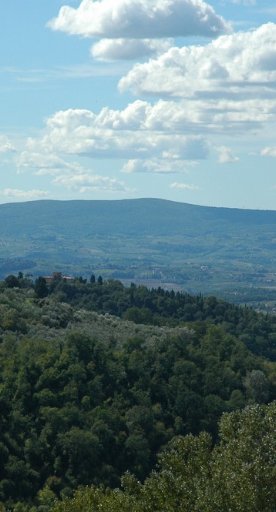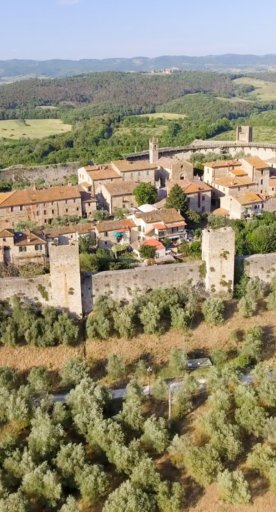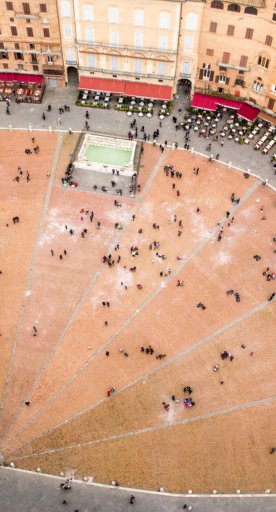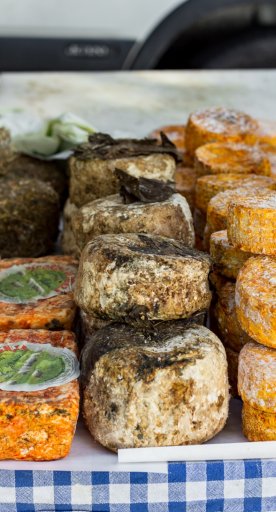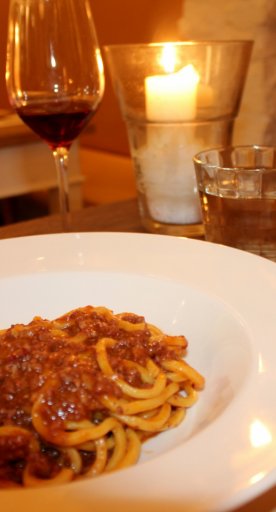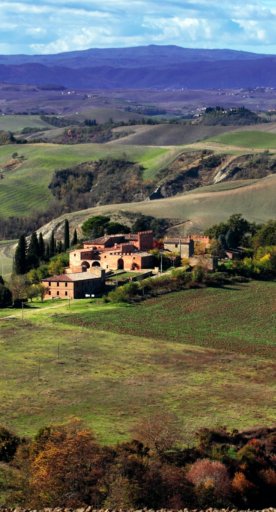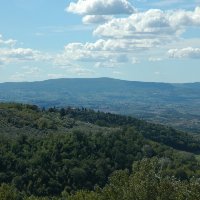

Siena in the Renaissance era
An art and history tour through the city centre
The wealth of art that the vibrant city of Siena prompted in the late 15th and early 16th century is important both in terms of the quantity and quality produced and it is testified by the blooming of pictorial cycles, sculptural enterprises of great importance, architecture and urban planning, creation of furnishing objects for patrician residences, in addition to the traditional production of panel paintings for public places of worship and small chapels for private devotion.
The two main focal points of Siena, representing the civil power on one hand (Palazzo Pubblico and the Spedale di Santa Maria della Scala) and the religious power on the other (the Cathedral), conserve the most relevant examples of that cultural change.
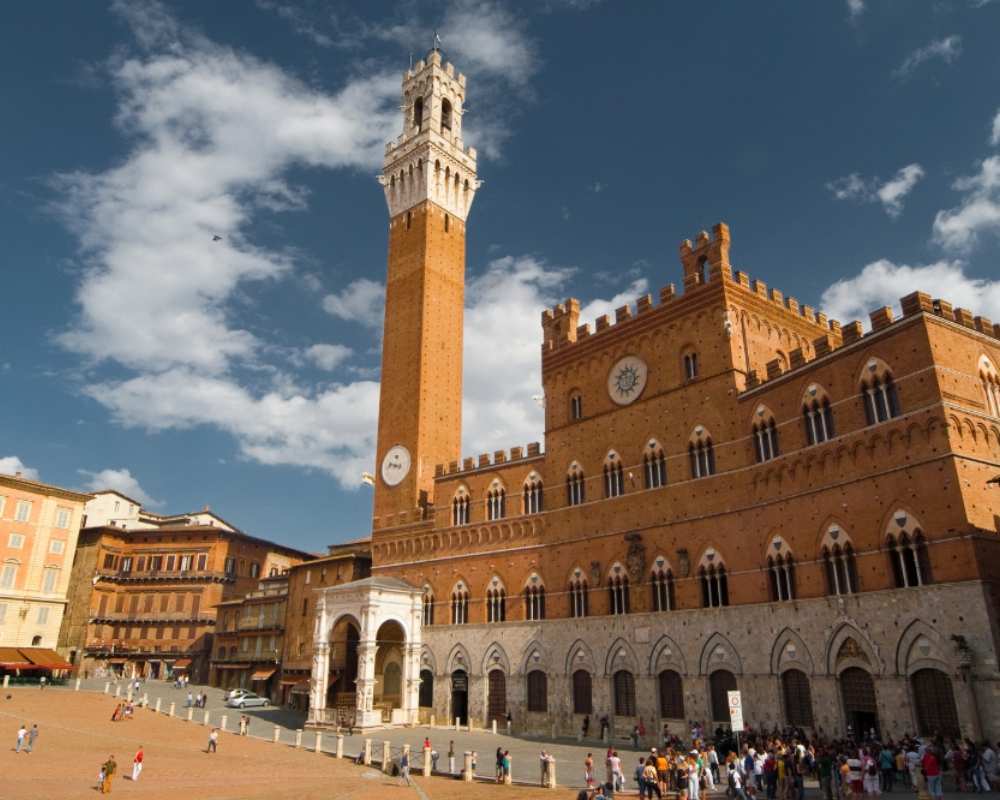
At Palazzo Pubblico the sumptuous Sala del Concistorio was decorated with scenes of civic virtue by Domenico Beccafumi, a project that lasted from 1529 to 1535: emphatic mannerism, vivid colours and daring illusionistic representations drew viewers to one of the most fascinating pictorial cycles of the time.
Not far away, on via Pellegrini, which leads to the Baptistery, Beccafumi developed a complex series of images with characters from mythology and ancient history, commissioned by the building's owner Marcello Agostini. The cycle is considered one of the highest expressions of the Italian 1500s, a "secret" place in a palace that is still privately owned and is only rarely open to the public.
Nearby is the Palazzo del Magnifico, residence of Pandolfo Petrucci, Siena's ruler at the time, a sumptuous noble residence. It was furnished by the most important artists in Siena at the end of the 15th century, though only the architecture remains after it was stripped of all its decorations and furniture during the 19th century. These items are now part of local and foreign museum collections.
Two evocative scenes by Girolamo Genga (Flight of Aeneas from Troy and The Liberation of the Prisoners) can be found in the Pinacoteca Nazionale of Siena.
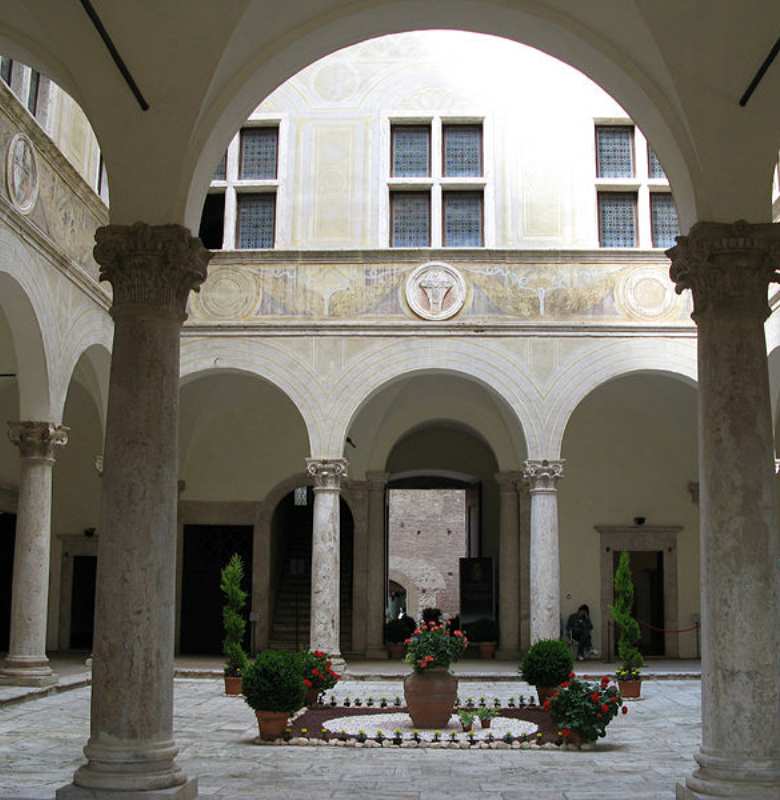
Palazzo Piccolomini, built by the heirs of Pope Pius II after his death, is one of the purest examples of Renaissance architecture. Thought to be designed on a plan by Bernardo Rossellino, the pope's architect, the palace is today the site of the State Archives of Siena and the museum of the Biccherne where visitors can admire the outstanding collection of painted biccherna tablets, which are book covers of the ledgers of the financial and fiscal offices of the City of Siena.
Almost all the Sienese Renaissance artists painted on wooden panels and their work was often characterized by the representation of the main events in Sienese history. Sano di Pietro was commissioned more than once to celebrate contemporary people and their noble achievements (in 1457, in 1471 and in 1473); Vecchietta depicted the Coronation of Pope Pius II Piccolomini in the biccherna of 1460; Francesco di Giorgio recalled The Earthquake in the biccherna of 1467; Neroccio was entrusted with the Intercession of the Virgin Mary to Jesus for the City of Siena and Guidoccio Cozzarelli depicted the scene of the Presentation of the Virgin in the Temple so skillfully that, considering he was confined to the small surface of the tablet, the result is with no doubt equal to any of his altarpieces.
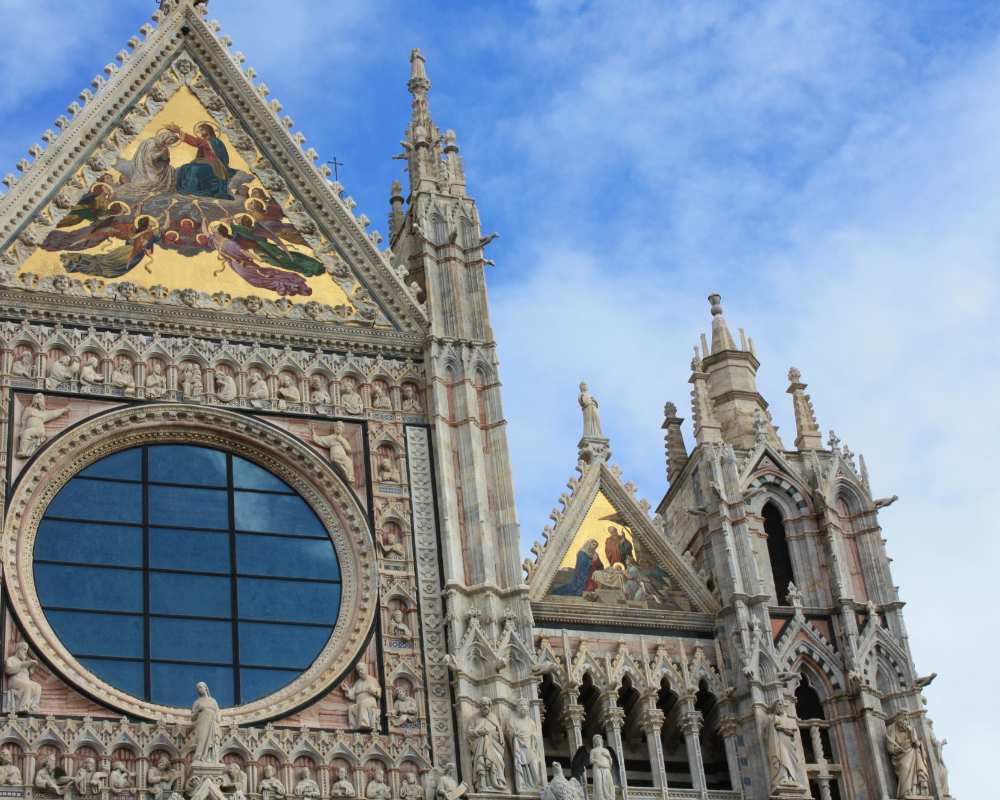
Innovative artists conceived the main pictorial and sculptural cycles for Siena Cathedral: Bernardino di Betto, known as Pinturicchio, was commissioned to fresco the Piccolomini Library, created to house Pope Pius II's library and to celebrate his magnificence. It depicts major episodes from his life in a representation of rare elegance, sharp narrative spirit, formal style and chromatic exuberance. Right below the frescoes, glass cases contain a collection of antiphons decorated with miniatures by Girolamo da Cremona, Liberale da Verona and Sano di Pietro, which are the most outstanding examples of the 15th century.
Sculptures were produced by leading Renaissance figures: the bronze baptismal font by Donatello; the ciborium for the high altar by Vecchietta; the angels by Francesco di Giorgio and Giovanni di Stefano; the candelabras in the form of angels by Beccafumi; and Piccolomini's altar decorated with marble sculptures by Michelangelo. The intarsia work of the marble floor, of unparalleled elegance, was created by the greatest Sienese artists of the 15th and 16th centuries: Matteo di Giovanni, Guidoccio Cozzarelli, Benvenuto di Giovanni, Antonio Federighi and, above all, Domenico Beccafumi who designed 13 of them.
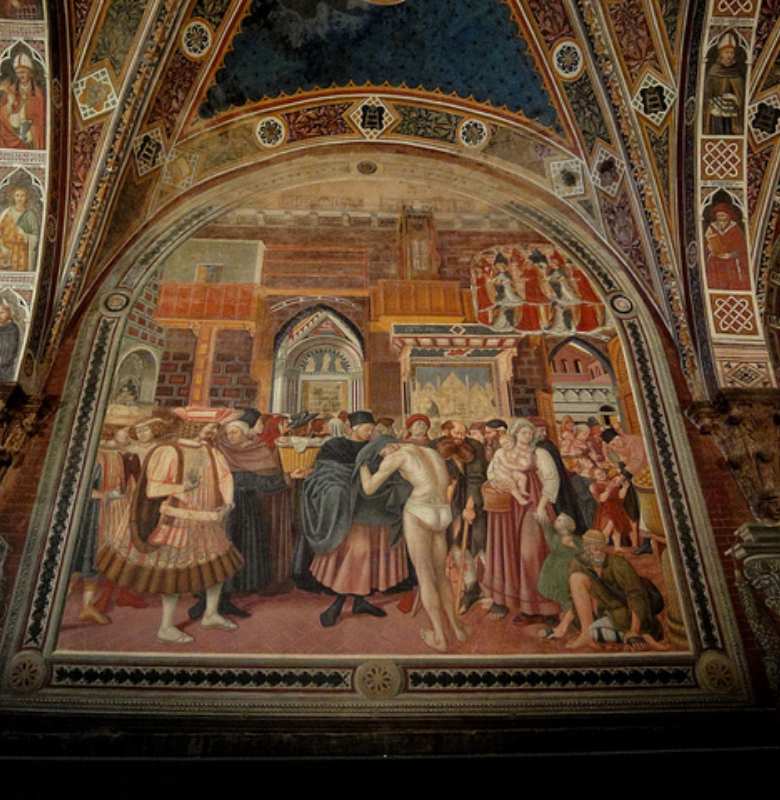
The Spedale di Santa Maria della Scala was a powerful economic institution; after the achievement of the frescoes of the Pellegrinaio (in which scenes from the hospital daily life were depicted by Domenico di Bartolo), Vecchietta frescoed the entire hall in the Grand Vestry with stories from the Old and New Testament; The Visitation.is an early work by Beccafumi.
The Pinacoteca Nazionale is a veritable encyclopedia of the Sienese figurative arts where all the artists are amply represented by sublime artworks: two large halls show works by Francesco di Giorgio, Matteo di Giovanni and Neroccio di Bartolomeo, as well as great altarpieces by Vecchietta, Benvenuto di Giovanni, Girolamo di Benvenuto, Francesco di Giorgio and Beccafumi.
The figure of the ruler of Siena, Pandolfo Petrucci, is linked to one of the most significant religious buildings, the Basilica dell'Osservanza, founded by San Bernardino and chosen by Pandolfo as his resting place. In the Vestry, planned by him, there are the elegant choir-stalls in carved wood by Antonio Barili and the sculpture in polychrome terracotta moulded by Giacomo Cozzarelli in an intense expressive language supported by stylish polychromy, a masterpiece of Sienese late-Renaissance statuary.

